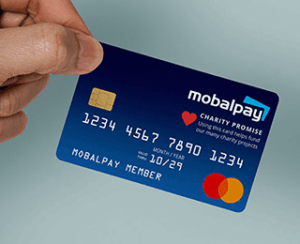Suica is a rechargeable smart card issued by JR East, widely used for public transportation and purchases across Japan. Whether you’re a tourist or a resident, obtaining a Suica card is straightforward. Here’s how you can get one.
Buying a Physical Plastic Card
Using Mobile (mainly for iPhone users)
1. Buying a Physical Suica IC Card (For Tourists and Residents)
You can buy a standard Suica IC card at train stations in Japan.
Initial cost: 500 yen deposit (refundable when returning the card)
Where to buy: JR East stations, including ticket offices with staff and some ticket machines.
Charging: Add money using cash only at ticket machines or convenience stores.
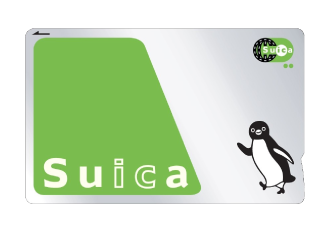
*Screenshot used for illustrative purposes. Source: JR East Suica page
2. Welcome Suica (For Tourists)
The Welcome Suica is a special version of Suica for short-term visitors.
No deposit required: Unlike a standard Suica card, Welcome Suica does not require the usual 500 yen deposit.
Short-term use: Valid for 28 days from the purchase.
Where to buy: You can buy Welcome Suica at dedicated machines or travel service centers in major airports and cities, such as Narita Airport, Haneda Airport, Tokyo Station, and Shinjuku Station. See the latest information here.
Charging: Add money using cash only at ticket machines or convenience stores.
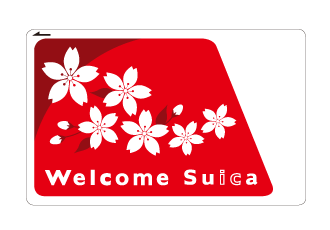
*Screenshot used for illustrative purposes. Source: JR East Suica page
3. Using Suica with Apple Wallet (For Tourists and Residents)
If you have an iPhone, you can add a Suica card to your Apple Wallet. This feature became available worldwide starting with iPhone 8 and Apple Watch Series 3.
How to add Suica to Apple Wallet:
1. Open the Wallet app.
2. Tap the “+” button and select Transit Card.
3. Choose Suica and follow the on-screen instructions.
Charging: You can recharge directly using a credit card registered in Apple Wallet.
More details: See the official Apple support page
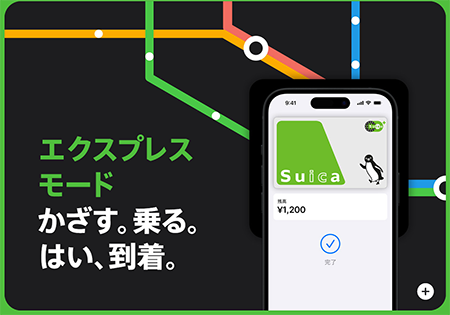
*Screenshot used for illustrative purposes. Source: Apple Wallet page
4. Welcome Suica Mobile (For Tourists)
The Welcome Suica Mobile App was launched on March 6, 2025, specifically for international visitors.
New features will be added over time:
Autumn 2025: Ability to purchase Shinkansen tickets.
Spring 2026: Ability to purchase Green Car tickets for regular trains.
If you don’t need these additional features, Apple Wallet is the simpler option.
Device: iPhone, Apple Watch
App language: English
Validity: Up to 180 days
Charging: Recharge with a credit card registered in Apple Pay. Cash top-ups are also available at certain ticket machines and convenience stores.
Download: App Store
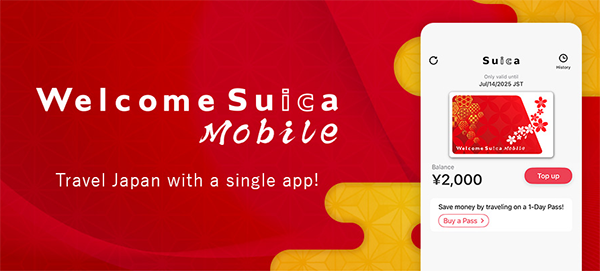
*Screenshot used for illustrative purposes. Source: JR East Welcome Suica Mobile page
5. Mobile Suica (For Residents)
Unlike Apple Wallet, the Mobile Suica app allows residents to purchase commuter passes and Green Car tickets.
It works on both iPhone and compatible Android devices, but Android phones purchased outside Japan are usually not supported.
Device: iPhone or compatible Android
App language: Japanese only
Benefits: Mobile management, commuter passes, Green Car tickets, and easy recharge
Charging: You can charge with a credit card registered in the app. Cash top-ups are also available at certain ticket machines and convenience stores.
Download: App Store (Japan) / Google Play (Japan)
You need to set your App Store or Google Play country to Japan to download the app.
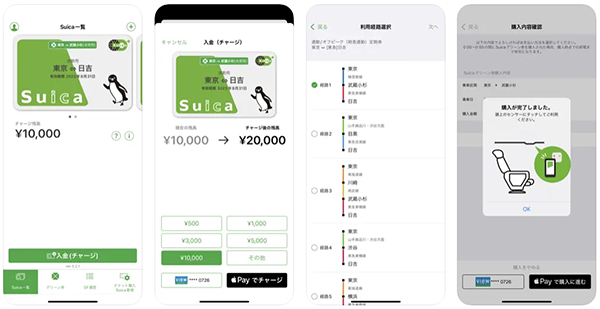
*Screenshot used for illustrative purposes. Source: App Store Suica page
MobalPay offers a prepaid Mastercard designed for foreign residents in Japan.
Rechargeable at convenience stores.
No Japanese bank account required – apply with your Residence Card.
Can be linked to Mobile Suica for easy top-ups directly from your smartphone.
FAQ
Q: Where can I use Suica for trains and buses?
Suica works not only on JR East lines but also on subways, buses, and in most major cities in Japan. It’s part of the IC card network, so it can also be used where other IC cards like PASMO, ICOCA, TOICA, and Kitaca are accepted.
You don’t need to know their names – just look for the IC card or Suica logo at gates or on buses.

*Screenshot used for illustrative purposes. Source: JR East suica e-money page
Q: Can multiple people share a single Suica card?
No. Each person needs their own Suica card to ride trains or buses.
Q: Can I use Suica to pay for shopping?
Yes. Look for stores with the Suica logo. You can pay at convenience stores, vending machines, and many restaurants nationwide.
Q: What’s the difference between Suica and PASMO? Which one should I get?
Both are rechargeable IC cards for trains, buses, and many stores. Suica is issued by JR East, while Pasmo is issued by private railways, but their usage is almost identical. You can choose either card for regular travel and shopping.
Q: Can I get a refund for my Suica balance?
- Welcome Suica, Welcome Suica Mobile: Refunds are not available.
- Physical Suica IC Card: Refunds can be processed at JR East ticket counters, and your 500 yen deposit will also be returned.
- Mobile Suica: Refund requests can be made in-app, with the refund sent to a Japanese bank account.
*A handling fee of 220 yen applies to all refunds.
Q: Does Suica balance expire?
For regular Suica (physical or Mobile Suica), your balance does not expire as long as the card is used at least once every 10 years.
Note: Welcome Suica expire after 28 days and Welcome Suica Mobile expire after 180 days.

